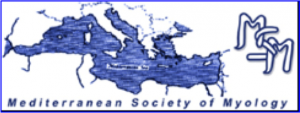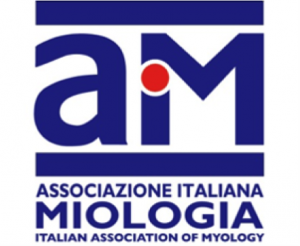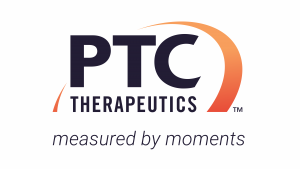The term ‘limb girdle muscular dystrophy’ (LGMD) was first used in the seminal paper by Walton and Nattrass in 1954, were they identified LGMD as a separate clinical entity In LGMD description it is pointed out that the category of LGMD most likely comprises a heterogeneous group of disorders. After that the clinical entity was discussed but the LMGD nosography reached a permanent classification during two ENMC workshops held in 1995 and 2017, in the last one an operating definition of LGMD was agreed. This last classification included dystrophies with proximal or distal-proximal presentation with evidence at biopsy of fibre degeneration and splitting, high CK, MRI imaging consistent with degenerative changes, fibro-fatty infiltration present in individuals that reached independent walking ability. To be considered in this group at least two unrelated families should be identified.
A review is done of the first genetic characterisation of a number of LGMDs during the late twentieth century and a historical summary is given regarding how these conditions were clinically described and identified, the progresses done from identification of genetic loci, to protein and gene discoveries are reported. The LGMD described on which such historical progresses were done are the recessive calpainopathy (LGMD 2A/R1), dysferlinopathy (LGMD 2B/R2), sarcoglycanopathy (LGMD 2C-2F/R3-R6) types and the dominant type due to TPNO3 variants named transportinopathy (LGMD 1F/D2). Because of new diagnostic techniques such as exome and genome sequencing, it is likely that many other subtypes of LGMD might be identified in the future, however the lesson from the past discoveries can be useful for scientists and clinicians.






